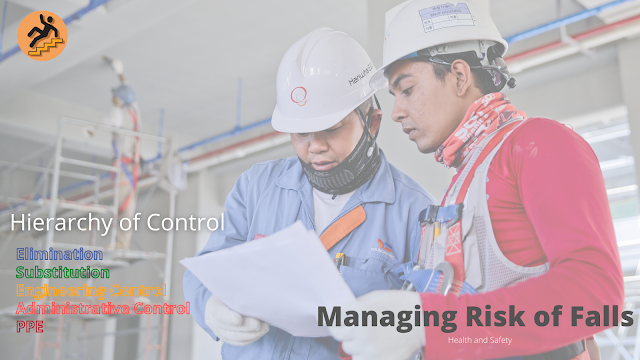Questions That Can Help to Define Confined Space Safety | Health and Safety
More than two million workers work in confined spaces every year . Each of those spaces has unique hazards and risks that the worker must address. From hazardous atmospheric conditions to biological hazards and potential combustible materials, safety professionals have much to consider before workers enter confined spaces.
- What Is a Confined Space?
To effectively address the hazards that workers face in confined spaces, you need to become aware about the terminology. This starts with an understanding of what a confined space is and how such an environment differs from other conditions that workers may encounter.OSHA definition of confined space:
1. The area is large enough and so configured that an employee can bodily enter and perform assigned work.2. The area has limited means for exit and entry (e.g., tanks, vessels, silos, storage bins, hoppers, vaults and pits).
3. The area is not designed for continuous employee occupancy.
- What Are the Confined Space Hazards?
A confined space may contain any number of hazards, from biological and mechanical to physical, chemical or atmospheric. The space may be oxygen-deficient or oxygen-enriched. It may contain bacteria capable of manufacturing flammable or toxic gases, also as physical hazards like electrical or radiological risks, structural issues or the potential for engulfment, where a worker is surrounded and effectively captured by a liquid or flow able solid substance.
- How Do I Mitigate Hazards?
To address whatever hazards may exist during a confined space, a qualified and professional person should conduct an initial survey of the operations to be performed.
"OSHA defines a competent person as “one who is capable of
identifying existing and predictable hazards in the surroundings or working
conditions which are unsanitary, hazardous or dangerous to employees, and who
has authorization to take prompt corrective measures to eliminate them.”
- Do I Need a Work Permit?
Confined spaces are divided into two categories, permit-required and non-permit-required. What separates these two categories are the conditions within the space. A permit-required confined space has one or more of the subsequent characteristics:1. Contains or has the potential to contain a hazardous atmosphere
2. Contains a material that has the potential to engulf an entrant
3. Has an internal configuration such that an entrant could be trapped or asphyxiated by inwardly converging walls or by a floor that slopes downward and tapers to a small section.
4. Contains any other recognized serious safety or health hazard.
“The intent of the permit system is to supply a systemic review for hazards, communicate that information to all or any involved and supply an approval process for confined space entry.
For entry into non-permit-required spaces, an employer must develop and implement safe work procedures. This should include assessing the conditions and precautions needed for safe entry, also as identifying what constitutes a change in conditions, which might require a re-evaluation of the confined space.
- What PPE Do My Workers Need?
The answer to the present question depends to some extent on the hazards identified within the confined space. In general terms, much of the PPE are going to be almost like what a worker would wear in any working environment, like hard hats, gloves, eye and face protection, and foot protection. Auxiliary PPE could include flame-resistant clothing, chemical gloves or fall protection harnesses, counting on the precise hazards identified within a specific confined space.
- What If Something Goes Wrong?
Unfortunately, things can go awry during a confined space and workers may have to be evacuated or rescued. An employer must have a plan in place to respond to identified or potential emergencies, including the timely evacuation, rescue or retrieval of confined space entrants.Furthermore, the facility shouldn't depend upon local emergency response for confined space rescue as local authorities might not have the capabilities and resources necessary to perform a rescue operation. Therefore, your emergency response plan should include training and equipping on-site rescue teams so they are ready to respond in emergency situations.
Planning for these scenarios and practicing them in advance of an emergency will also help ensure that both workers and the response team will respond appropriately to prevent any serious injuries or fatalities.


.png)
.png)


Comments
Post a Comment